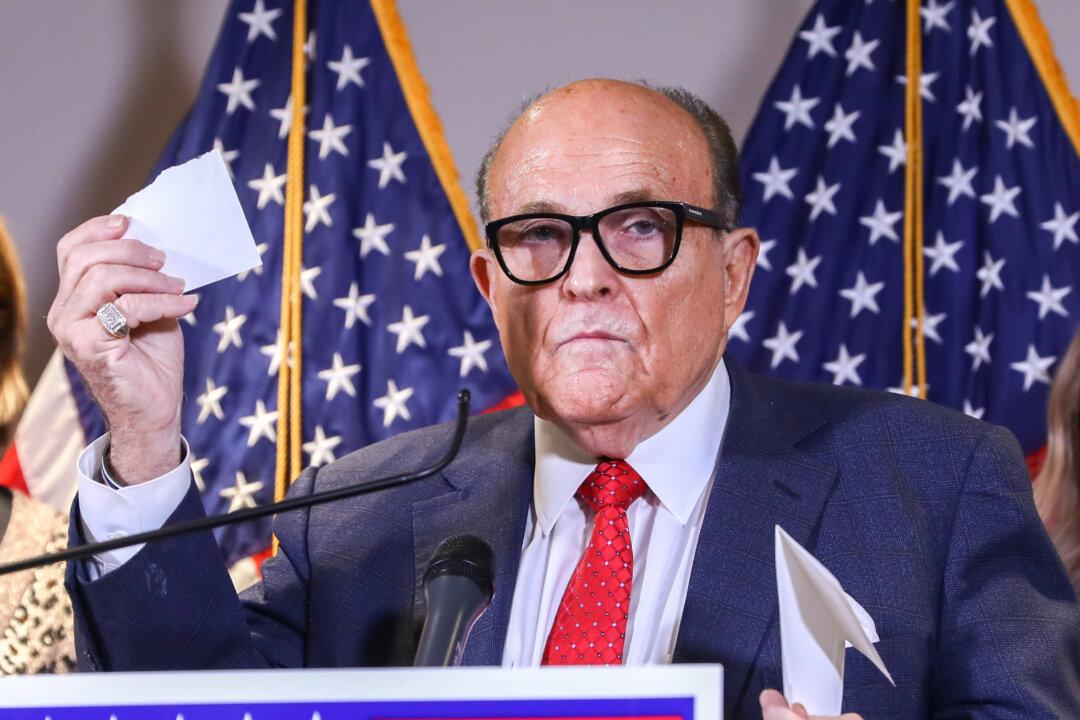Five of the six co-conspirators mentioned in the new indictment of former President Donald Trump can be identified from the information and circumstances presented in the document, according to a review by The Epoch Times. None have been charged in the case so far.
The indictment was filed by special counsel Jack Smith on Aug. 1 as a part of his investigation of Mr. Trump for his role in the protest at and breach of the U.S. Capitol on Jan. 6, 2021.





